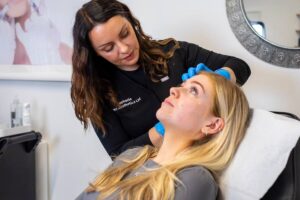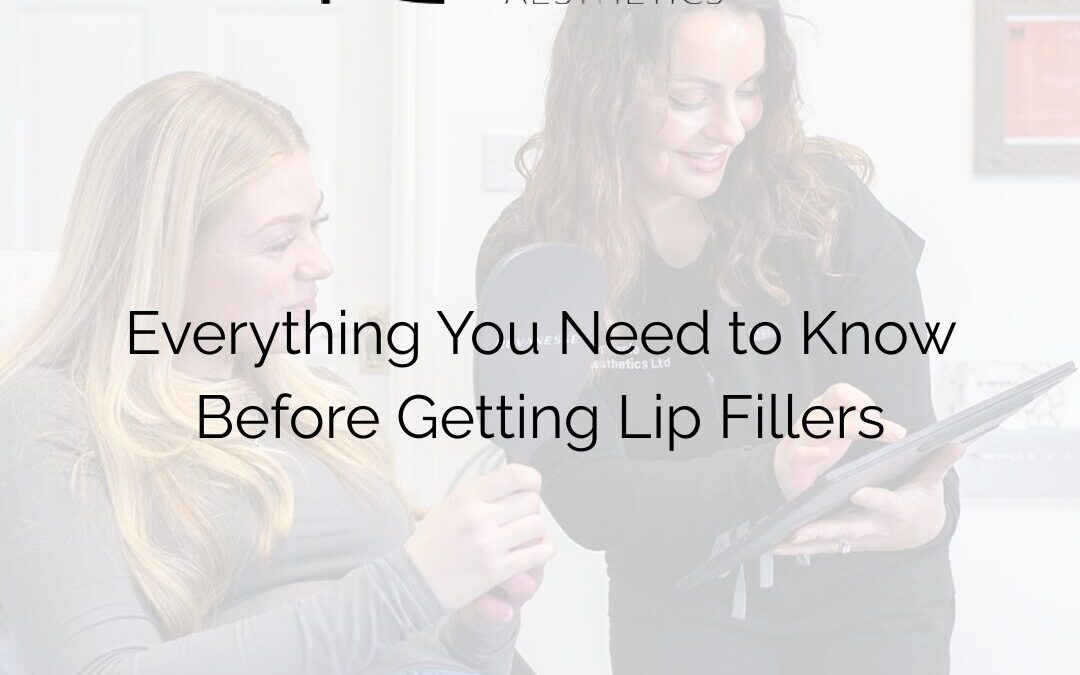Everything You Need to Know Before Getting Lip Fillers
Thinking about enhancing your pout with lip fillers? You’re not alone. This popular cosmetic procedure helps people achieve fuller, more defined lips. But before you book an appointment, it’s important to understand what the treatment involves. This guide will walk you through everything you need to know, from the types of fillers to aftercare, helping you make a safe and informed decision.
What Exactly Are Lip Fillers?
Lip fillers are injectable treatments designed to add volume, shape, and structure to your lips. The most common fillers are made from hyaluronic acid (HA), a substance that naturally occurs in the body. HA is great for this purpose because it attracts water, which helps hydrate and plump the lips, delivering a natural-looking result.
There are various brands of HA fillers, each with slightly different properties. Some are smoother and softer, ideal for subtle volume, while others are firmer and can provide more structure and definition. A qualified practitioner will help you choose the best type based on your desired outcome.
The Lip Filler Procedure: A Quick Overview
The process is relatively quick, usually taking about 30 to 60 minutes. First, your practitioner will discuss your goals. They may apply a topical numbing cream to minimize discomfort. Then, using a fine needle or a cannula, they will carefully inject the filler into specific areas of your lips. You might feel a slight pinch and some pressure, but it’s generally well-tolerated.
Risks and Side Effects to Consider
While lip fillers are considered safe when performed by a professional, there are potential side effects. The most common ones are temporary and include:
- Swelling and bruising at the injection sites
- Redness and tenderness
- Slight bleeding
These issues typically resolve within a few days to a week. More serious risks, though rare, include infection, allergic reactions, or vascular occlusion (when filler blocks a blood vessel). This is why choosing an experienced provider is crucial.
Aftercare for the Best Results
Proper aftercare helps minimize side effects and ensures you get the best possible outcome. For the first 24-48 hours, it’s best to:
- Avoid strenuous exercise and high heat (like saunas).
- Stay hydrated by drinking plenty of water.
- Avoid alcohol and blood-thinning medications like aspirin, as they can worsen bruising.
- Gently apply a cold compress to reduce swelling.
Book an appointment
To get started, book an appointment and we will discuss your goals and outcomes during the consultation process.



